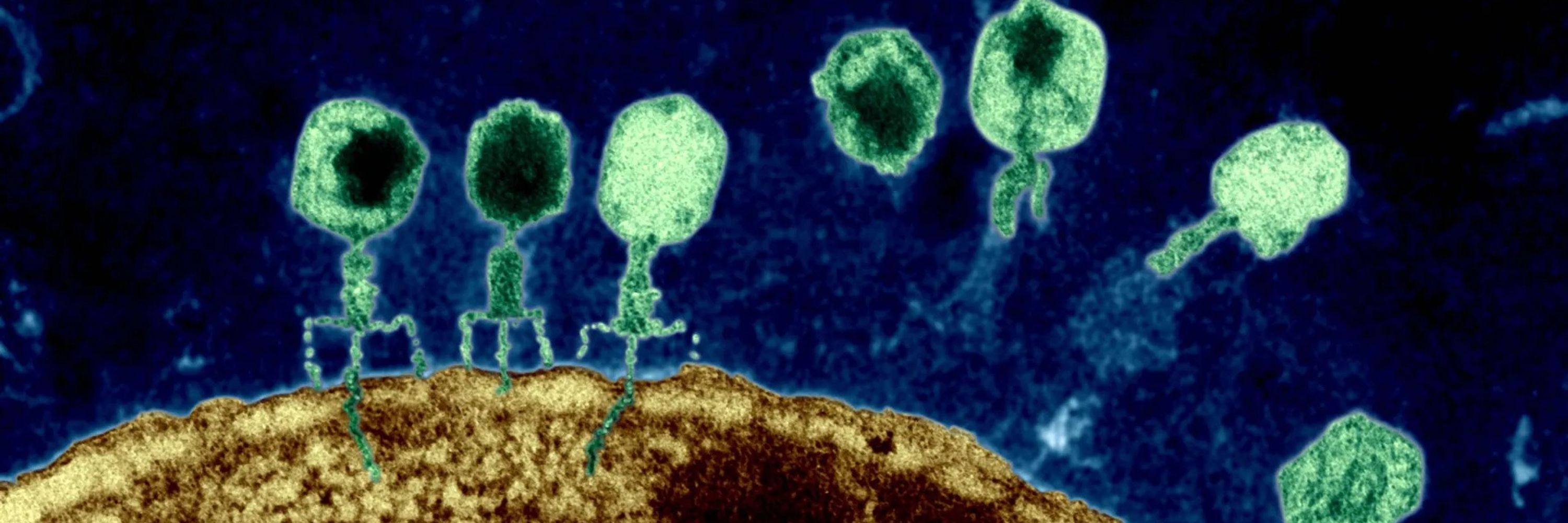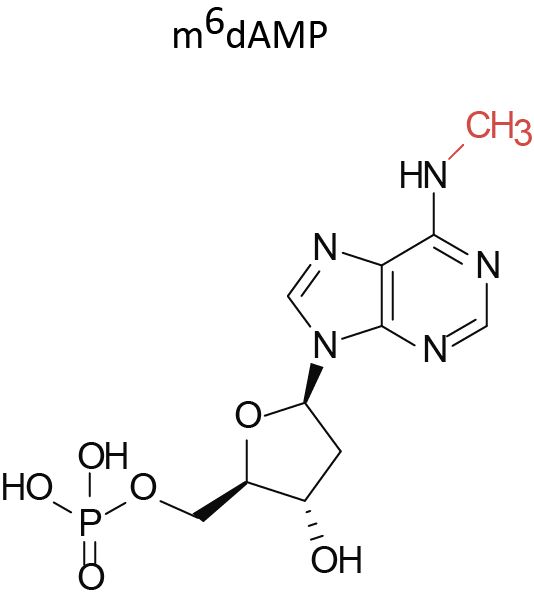
Together, they form type II Metis — a defense system also activated by m⁶dAMP.
AF3 predictions suggest that MisC could assemble into an octameric pore across the membrane during activation.

Together, they form type II Metis — a defense system also activated by m⁶dAMP.
AF3 predictions suggest that MisC could assemble into an octameric pore across the membrane during activation.
Phages can escape Metis by avoiding host DNA degradation (for example, through mutation of the DenA endonuclease), but that escape comes at a cost —they lose access to host nucleotides.

Phages can escape Metis by avoiding host DNA degradation (for example, through mutation of the DenA endonuclease), but that escape comes at a cost —they lose access to host nucleotides.
Low levels of m⁶dAMP can appear even without phage infection, during normal DNA repair. MisB “cleans” these traces to prevent premature activation and self-toxicity.

Low levels of m⁶dAMP can appear even without phage infection, during normal DNA repair. MisB “cleans” these traces to prevent premature activation and self-toxicity.
This might prevent phages from rebuilding NAD⁺ through their usual repair pathways (for example, NARP1 - www.nature.com/articles/s41...).

This might prevent phages from rebuilding NAD⁺ through their usual repair pathways (for example, NARP1 - www.nature.com/articles/s41...).

They do it by sensing the accumulation of a modified nucleotide, N⁶-methyl-deoxyadenosine monophosphate (m⁶dAMP) — a signature molecule that appears when bacterial DNA is broken down.

They do it by sensing the accumulation of a modified nucleotide, N⁶-methyl-deoxyadenosine monophosphate (m⁶dAMP) — a signature molecule that appears when bacterial DNA is broken down.
Here’s the story of how we discovered the Metis defense system 👇
www.biorxiv.org/content/10.1...

Here’s the story of how we discovered the Metis defense system 👇
www.biorxiv.org/content/10.1...




and happy to share our recent work about a new phage anti-defense system, based on NAD reconstitution by new enzymatic reactions.
www.nature.com/articles/s41...

and happy to share our recent work about a new phage anti-defense system, based on NAD reconstitution by new enzymatic reactions.
www.nature.com/articles/s41...

